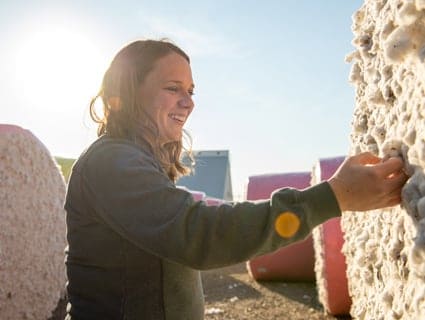All aboard! The people behind the WindWings ship’s maiden voyages.
Read Time: 6 minutes
March 13, 2024
A strong wind was blowing from the West.
Captain Suraj Vaidya and his team, sailing across the North Atlantic, were closely monitoring a nearby storm. If they didn’t move fast, they could find themselves in rough waters.
Luckily, they were aboard a ship unlike any other.
“We deployed our sails and were able to capitalize on that strong wind coming from Canada,” Captain Vaidya recalls. “We outsailed the storm. On a different ship, the voyage to the English Channel would have taken an extra day or more. With the sails, the Pyxis Ocean maintained very good speed and safely entered the English Channel just ahead of the storm.”
Captain Vaidya already knew the Pyxis Ocean was a unique ship. It was the first bulk carrier retrofitted with 37-meter-long (150 feet), airplane-style wings, called WindWings. Developed by BAR Technologies and Cargill in partnership with MC Shipping, the WindWings allow the ship to harness the power of wind.
The WingWings technology allows the ship’s engine to be powered down so that the ship can travel at the same speed as a conventional bulker but consume less fuel. Alongside significant efficiency gains the wings also can turn and adapt to changing conditions, to maximize the thrust generated from different wind directions and speeds. They can also be folded down for safety and secure handling.
For Captain Vaidya, the Pyxis Ocean is an important key to opening new doors for the maritime transportation industry: a door to potential reductions in vessel operating costs from fuel savings, decarbonization and growth in sustainable propulsion alternatives.
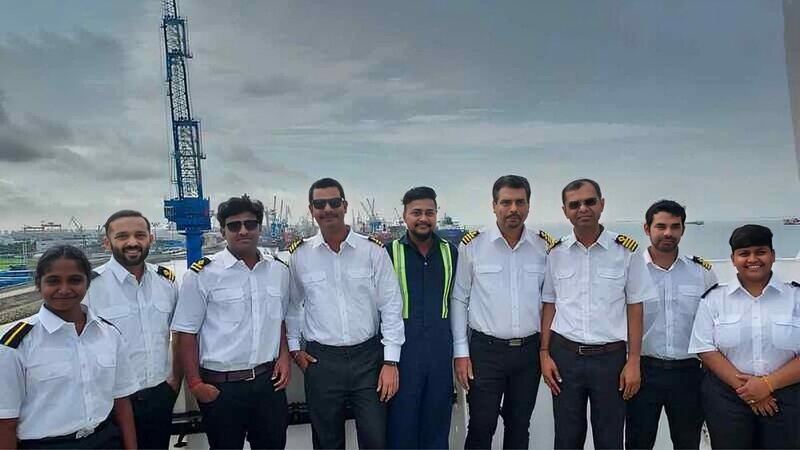 Captain Suraj (fourth from the right) surrounded by his team of officers before Pyxis Ocean’s maiden voyage.
Captain Suraj (fourth from the right) surrounded by his team of officers before Pyxis Ocean’s maiden voyage.
It’s an exciting future, he says.
“We would receive radio calls from passing ships asking, ‘What are those things you’re carrying?’”, the captain says. “My officers would jump, excited to reply and explain what we were doing. We were so proud and excited to be a part of this.”
The journey toward sustainable international shipping in the marine industry
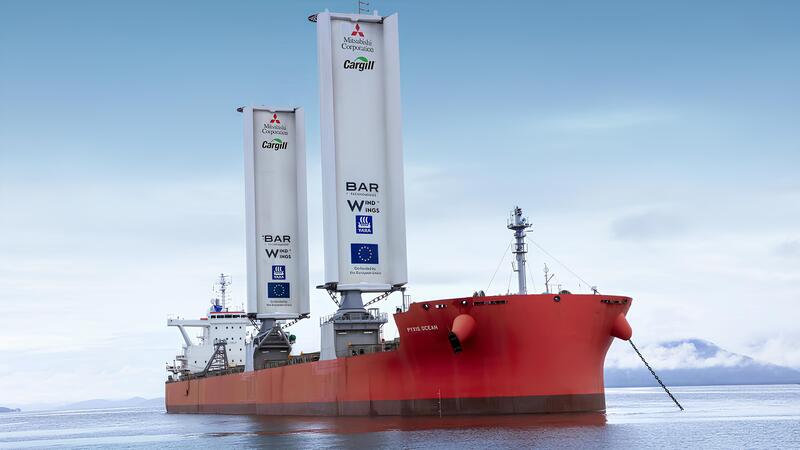 The WindWings were designed within a partnership between Cargill, BAR Technologies and MC Shipping
The WindWings were designed within a partnership between Cargill, BAR Technologies and MC Shipping
In 2023, the International Maritime Organization announced a new greenhouse gas (GHG) strategy. Among other targets, it requires at least 5% (and ideally 10%) of the energy used in the shipping industry to come from renewable — or very low carbon — sources by 2030.
This is a big task, especially for an industry that tends to evolve slowly and hasn’t always been at the forefront of cutting-edge technology.
At Cargill, however, we were prepared.
As part of our ambition to reduce emissions from our supply chains, Cargill’s ocean transportation business had long been looking into wind-assisted propulsion.
That’s how, in 2019, we began our partnership with BAR Technologies, a boutique maritime consultancy established in 2016 by a group of engineers with a background in competitive racing — from Formula 1 to the America’s Cup.
“I think it’s important to have people like us, pushing the boundaries, but we can’t do it on our own,” says Simon Roberts, BAR Technologies’ chief operating officer. “This project was built on partnership and cooperation because it’s always difficult to be the first at something. In an engineering sense, we were making a discovery.”
How have the WindWings performed?
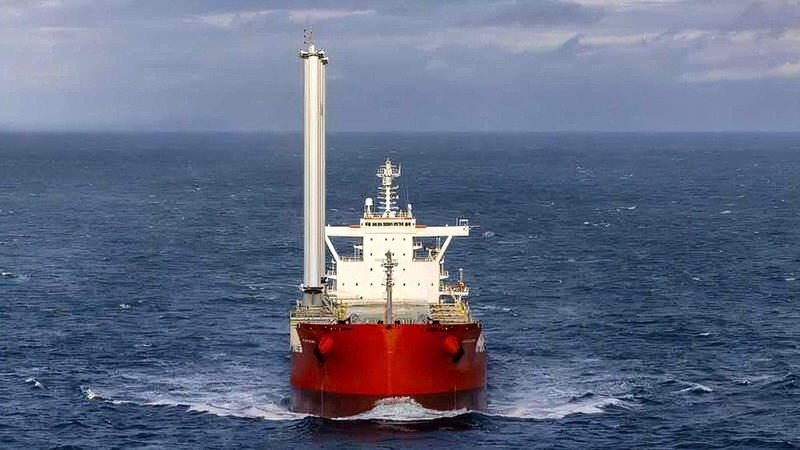 The Pyxis Ocean has completed three voyages, increasing the use of the WindWings with each one.
The Pyxis Ocean has completed three voyages, increasing the use of the WindWings with each one.
That discovery is now a reality. Since she set sail in August 2023, the Pyxis Ocean has completed three voyages, crossed the Indian, Pacific and Atlantic oceans, and has sailed around Cape Horn and the Cape of Good Hope, facing all sorts of weather conditions along the way.
While a sample size of six months is small (the useable life of the sails is expected to be about 20 years), our teams have learned a lot. The performance we have measured from testing so far has been very close to BAR’s predictions — which is a long-term average of 11 tonnes of carbon dioxide (CO2) savings per day sailing.
We have also gathered data across the entire process: from designing the wings, to building them, to installing them and, ultimately, sailing with them. Teams across each stage — from engineers to crew members — have acquired the knowhow that will benefit us in the long run.
The more we learn, the better prepared we will be to customize and operate ships like this.
Simon, who was managing director and team principal at Williams F1 before joining BAR Technologies, compared developing and maintaining the WindWings to competing in a Formula 1 race:
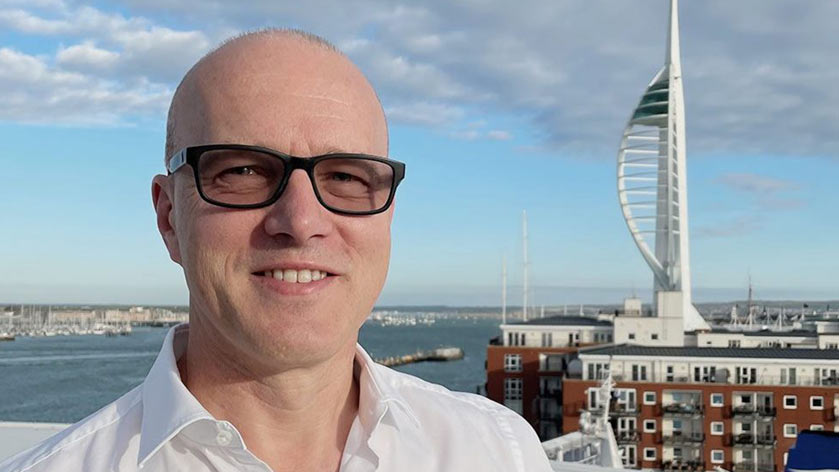 No one was coming through the door to help us solve this,” Simon says. “All we had to rely on was our ourselves, our ingenuity and teamwork.”
No one was coming through the door to help us solve this,” Simon says. “All we had to rely on was our ourselves, our ingenuity and teamwork.”
WindWings’ success? Forging a new partner-‘ship’ in ocean transportation.
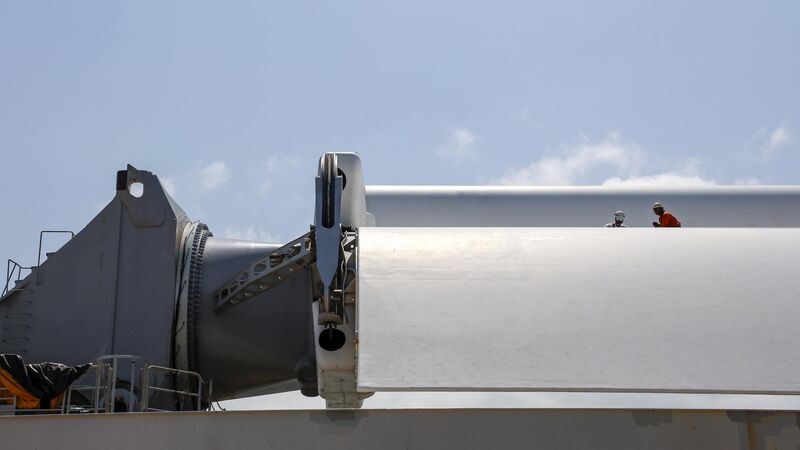 The surface area of the two WindWings is the same as the wings of three 747 jumbo jets combined.
The surface area of the two WindWings is the same as the wings of three 747 jumbo jets combined.
For MC Shipping, the partnership with Cargill and BAR Technologies came as a new experience in more ways than one.
Historically, parties in the shipping industry have tended to work independently, as there was little incentive for collaboration. Ship owners like MC Shipping focused on meeting local and international regulatory compliance. Efficient ship operations — including fuel consumption — was left to charterers like Cargill.
In 2019, moved by regulations from the International Maritime Organization, MC Shipping decided to take action and contribute to the sustainable transformation of the maritime industry, exploring ways to make its ships more efficient and sustainable. Right at that time, Cargill came knocking.
“They had similar interests and were looking for a ship-owning partner to explore alternatives,” says Karmesh Tiwari, head of new technology for MC Shipping. “Their reasoning was aligned with ours, so we agreed to collaborate. We were focused on low-risk energy-saving devices, initially.”
Things grew larger, of course. The WindWings represented an engineering test for everyone. For MC Shipping, it was crucial not only to securely install the gigantic wings, but also to meet international regulatory compliances.
“We had to think outside the box,” Karmesh recalls. “Can we relocate navigation lights? Should we add cameras? On what side of the vessel should we install the wings? How tall are these wings going to be? The only way to find answers to those questions was by working together.
“We would constantly go back to BAR Technologies and Cargill and find a solution together.”
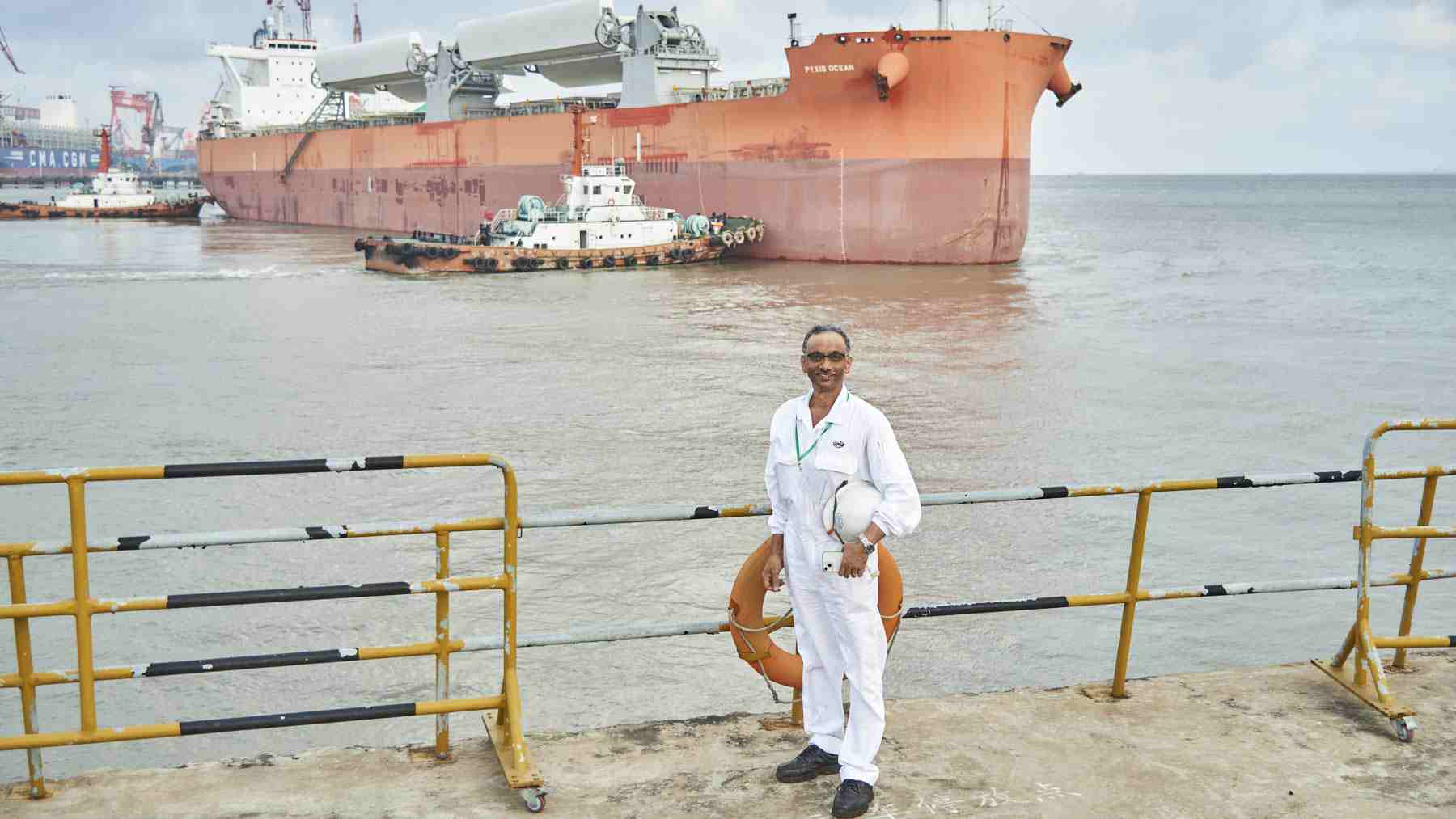 After working in silos for so long, our biggest takeaway from this project is that if we collaborate with like-thinking partners, we can solve anything.”
After working in silos for so long, our biggest takeaway from this project is that if we collaborate with like-thinking partners, we can solve anything.”
Overcoming a new challenge: Docking at ports
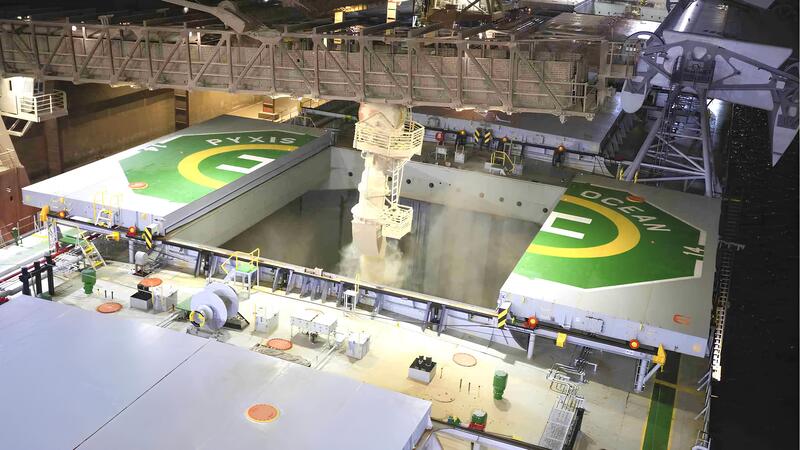 The Pyxis Ocean being loaded with grains at the Paranagua port in Brazil. You can see the folded WindWings in the top right corner.
The Pyxis Ocean being loaded with grains at the Paranagua port in Brazil. You can see the folded WindWings in the top right corner.
Ports play a vital role in our efforts to pioneer decarbonizing solutions in the ocean shipping industry. After all, approximately 80% of the global trade by volume (and 70% by value) are handled by ports worldwide.
That is why we continue to reach out to ports all over the world, creating ways for the Pyxis Ocean and other wind-assisted propulsion vessels to operate on global trade routes.
“Decarbonization in shipping is not something that a single player in the industry can achieve,” says Radoslav Staykov, port specialist for Cargill. “It’s going to take charterers, owners and of course ports working together.”
One of Radoslav’s tasks is to explain to ports how the WindWings work. The reality is, he says, that once the wings are folded and the ship approaches a terminal, “it’s not that different from any other vessel. We just need to be careful around the equipment.”
Cargill has engaged with more than 250 ports (and counting) and the response has been encouraging, Radoslav says. While some ports can’t accept the ship due to physical constraints, the majority have been open to it.
“But even when they can’t accept the ship, they are excited about it,” Radoslav says. “Most of them are surprised that the ship is already retrofitted and sailing. This isn’t a study or a hypothetical project. It’s a reality and could be replicable.”
More stories
What is decarbonization? Everything you need to know.
Learn how we’re working to decarbonize the food and agriculture system.
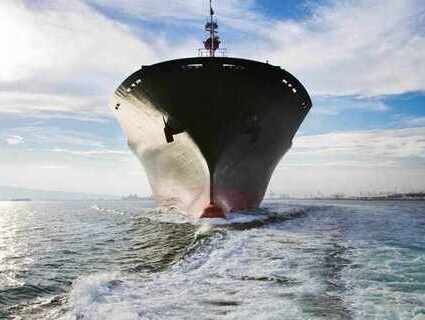
Soil, sails and solar: Learn 4 ways Cargill is fighting climate change
From healthy soil to sustainable shipping, we’re working to combat one of today’s most pressing challenges.

20 innovations that give a glimpse into the future of food
Learn how we’re shaping the future of food with innovations that reimagine what’s possible across food and agriculture.

